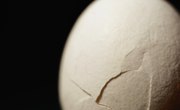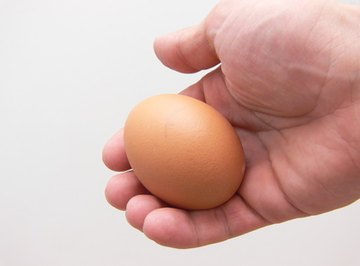
The Rubber Egg project is a great way to learn about the mineral calcium. Egg shells get their hardness from calcium, as do bones. When calcium is removed, egg shells and bones become soft, bendable and more fragile. They become rubbery. A hard boiled egg that has lost its calcium can actually be bounced like a rubber ball. Bones that lose calcium are more prone to breakage.
Materials
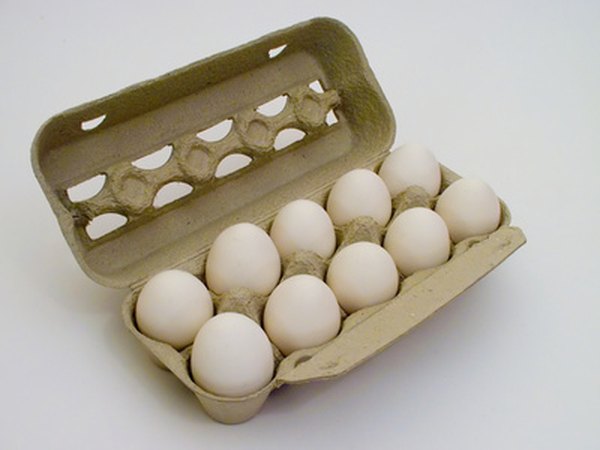
You will need the following materials to create rubber eggs: two hard boiled eggs which have cooled to room temperature, two raw eggs at room temperature, one glass container or cup per egg and a bottle of white vinegar. You will also need a note book for recording data, and a display board for presenting your findings.
Process
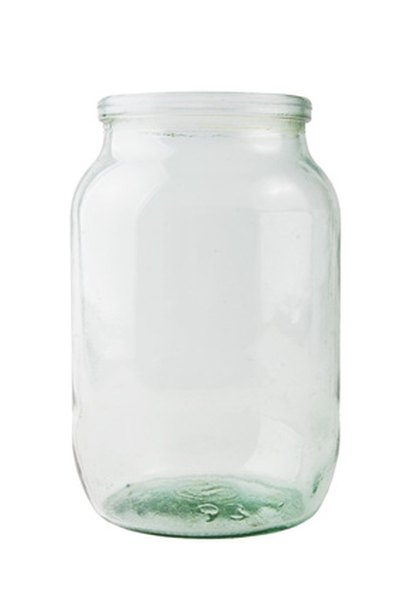
Label each container to describe whether it holds a hard boiled egg or a raw egg. Place one egg into each container. Pour enough white vinegar into each one to cover the egg. The eggs will be in the vinegar for about two days. Check each egg daily to determine whether or not it has become rubbery. Add vinegar if needed to keep the eggs submerged. Most eggs will be rubbery in one to two days, but some eggs may require a third day.
Observations

Examine both the hard boiled and raw eggs and record your observations. Describe how the eggs are similar and how they are different. Try bouncing the hard boiled eggs. Gently squeeze the raw eggs. Hold all eggs up to the light. Take photographs and make charts for the display board. If you leave the eggs out of the vinegar and check them a day later, you will find that they feel hard again. Try bouncing one of the hard boiled eggs after it has been allowed to harden. Record your observations.
Explanations
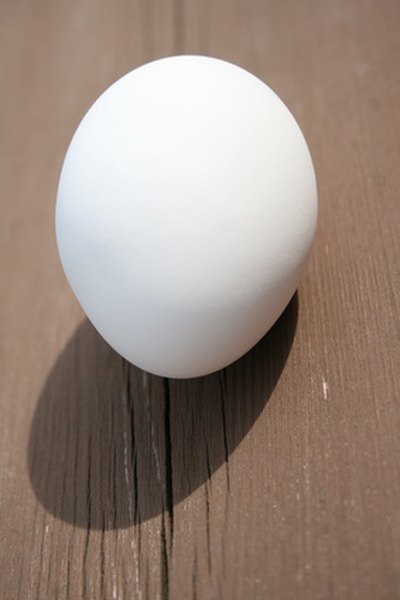
Eggshells are mostly made of calcium carbonate. Vinegar is a mild acid known as acetic acid. According to the Princeton University Science Curriculum Support Project, the calcium carbonate reacts with the acid and neutralizes it; in the process, the calcium carbonate is used up. It becomes calcium acetate and carbon dioxide gas. The carbon dioxide gas is visible as bubbles on the surface of the egg as the process takes place. The eggs become translucent. They hold together because the membrane inside the shell is made of protein and is not affected by the acid. If the eggs are allowed to absorb carbon dioxide from the air after they have been in the vinegar, any calcium left on the surface of the eggshell will recombine and form calcium carbonate again, so the eggs may feel harder or more brittle again.
Display
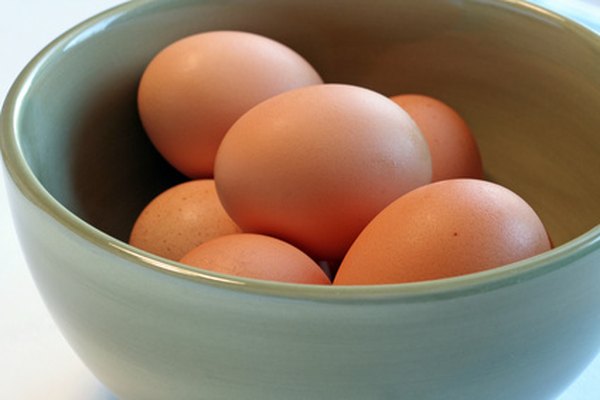
Use the display board to create an interesting presentation about the rubber egg science project. Include research, photographs, charts, data and conclusions. Eggs that will be displayed at the science fair should be kept refrigerated until the fair date. One way to keep them cool at the fair is to display them in a bowl of crushed ice.
About the Author
Rose Guastella is a professional artist and teacher from Kitsap County, Wash. She has been writing educational materials for schools since before 1990. Guastella holds a Master of Arts in liberal studies from the State University of New York at Stony Brook. She has contributed several articles about education and plant biology to various websites.
Photo Credits
egg image by Dariusz Urbanczyk from Fotolia.com
